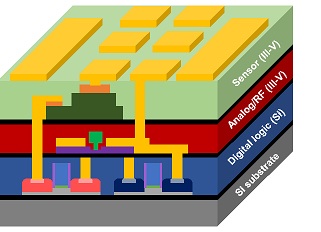Three-Dimensional Heterogeneous Integration (3HDI) Microelectronics: Transforming the Future of Electronics

About Course
The world of electronics is rapidly evolving, and Three-Dimensional Heterogeneous Integration (3HDI) is at the forefront of this transformation. Gone are the days of traditional 2D planar microelectronics—3HDI takes us into a new dimension where high-performance computing, miniaturized biomedical devices, AI accelerators, and eco-conscious electronics converge on one compact, multi-functional platform. This course is your gateway to understanding the core principles, enabling technologies, and revolutionary impact of 3HDI on everything from smartphones and wearables to neuromorphic and quantum computing.
Whether you’re an aspiring engineer, an experienced professional, or a curious learner, this course unpacks the exciting blend of materials science, advanced packaging, and system-level innovation that fuels 3HDI. Through real-world examples, future trends, and industry insights, you’ll explore how this technology is unlocking smarter, faster, and greener solutions for the next generation of electronic systems.
Course Content
Introduction
The Evolution of Microelectronics: From 2D Integration to 3D Heterogeneous Integration
00:00Understanding Three-Dimensional Heterogeneous Integration (3HDI): Principles and Advantages
00:00Significance of 3HDI in Addressing Future Electronics Challenges
00:00